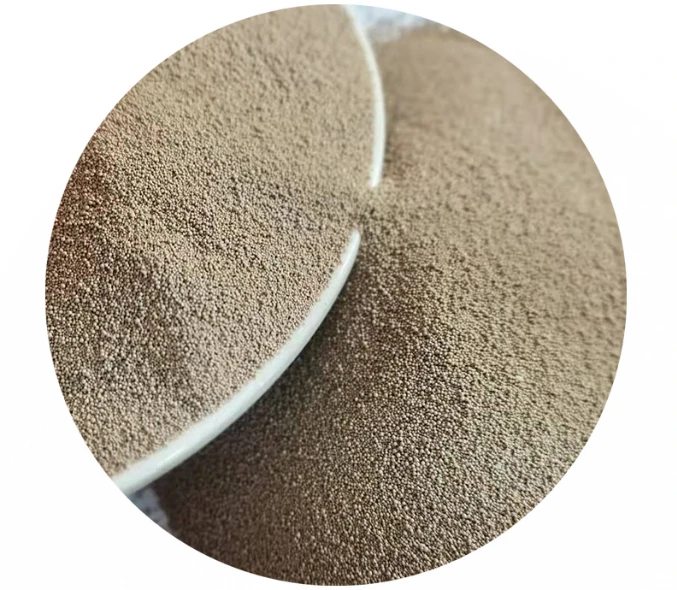

Market Trends and Cost Implications Recent shifts in global market trends have influenced sand casting prices significantly. The rising demand for lightweight materials in automotive and aerospace industries has seen an increase in the use of metals like aluminum, affecting its market price due to increased demand and supply constraints. Environmental regulations have also impacted costs. Sustainable practices and reduced emissions have become paramount, and companies are investing heavily in greener technologies, which can initially drive up costs but are essential for long-term sustainability. Expert Tips for Cost Management 1. Early Engagement with Foundries Collaborating with foundries during the design phase can help mitigate excessive costs. Their expertise can guide design enhancements that reduce complexity without compromising functionality. 2. Material Alternatives Explore substitutes that offer similar properties but at a reduced cost. Discussions with material specialists can provide insights into cost-saving opportunities without compromising quality. 3. Invest in Technology Embracing digital simulations and advanced modeling techniques can optimize the design process, minimize waste, and streamline production, ultimately reducing costs. 4. Supplier Relationships Building strong ties with suppliers can often lead to better pricing models. Long-term contracts might yield favorable terms and secure pricing amidst market fluctuations. As a seasoned expert, I firmly advocate for informed decision-making when navigating sand casting prices. Understanding these facets not only empowers purchasers but also fosters an environment where quality and cost-effectiveness coexist. Through keen analysis and strategic partnerships, businesses can effectively manage their casting needs while ensuring financial prudence. Post time:កុម្ភៈ . 20, 2025 12:16
Next:High Refreactoriness Ceramsite Foundry Sand For Steel Casting
